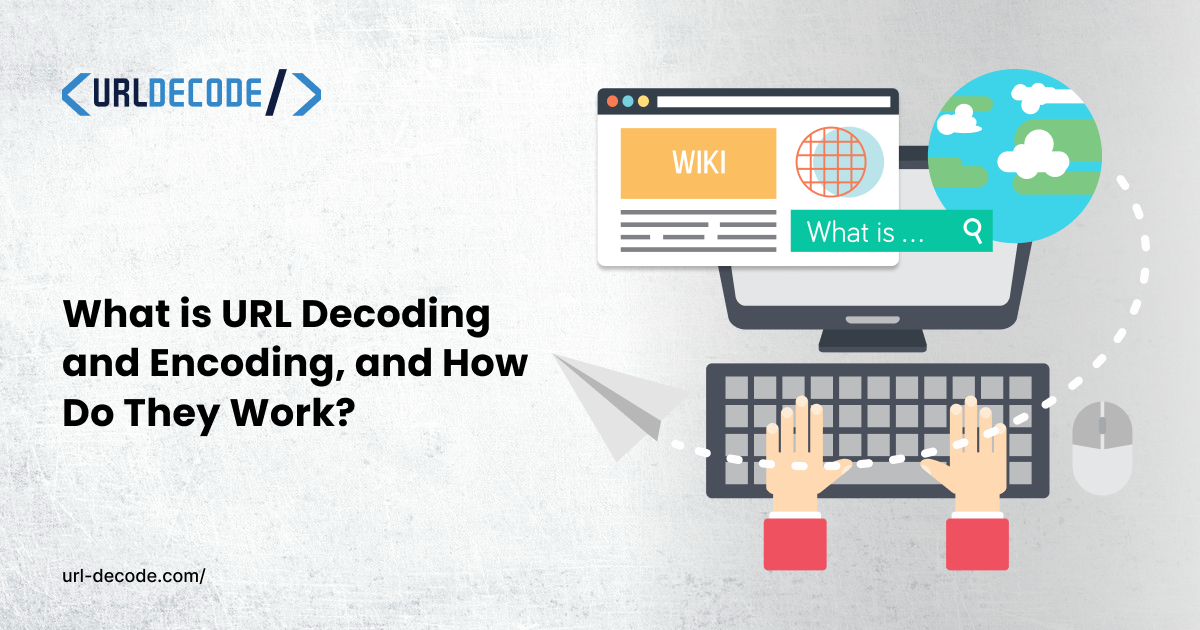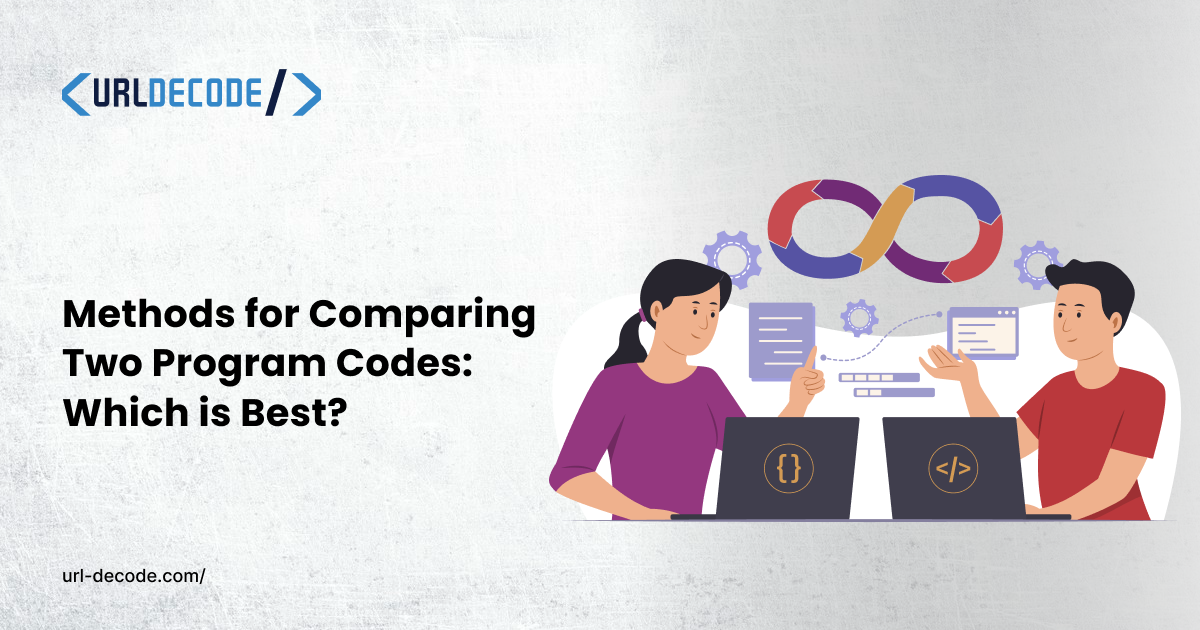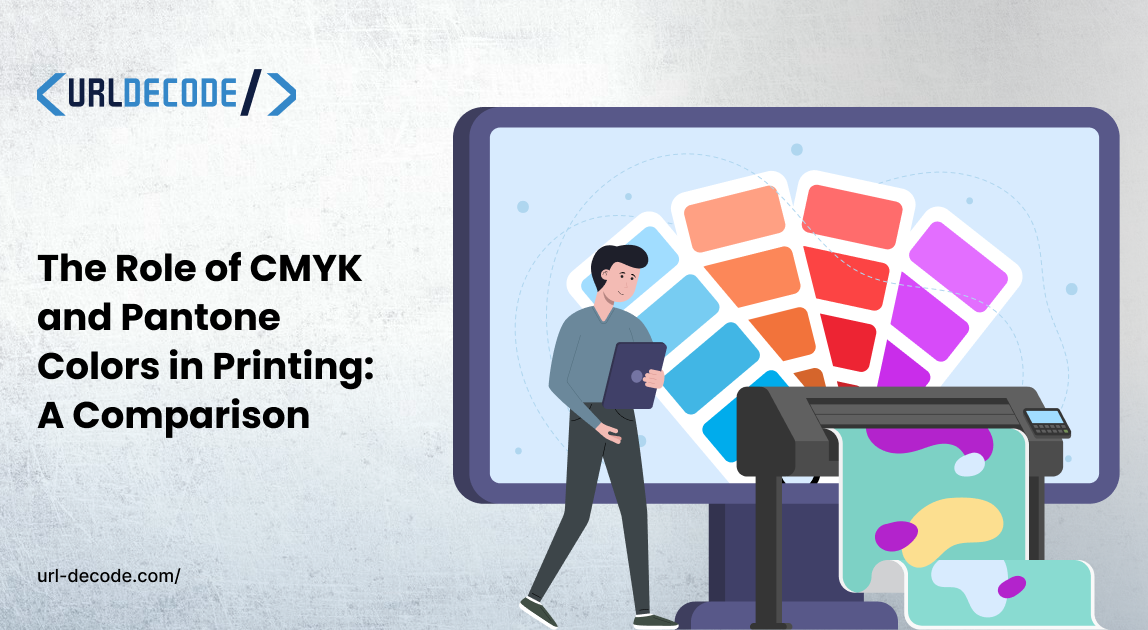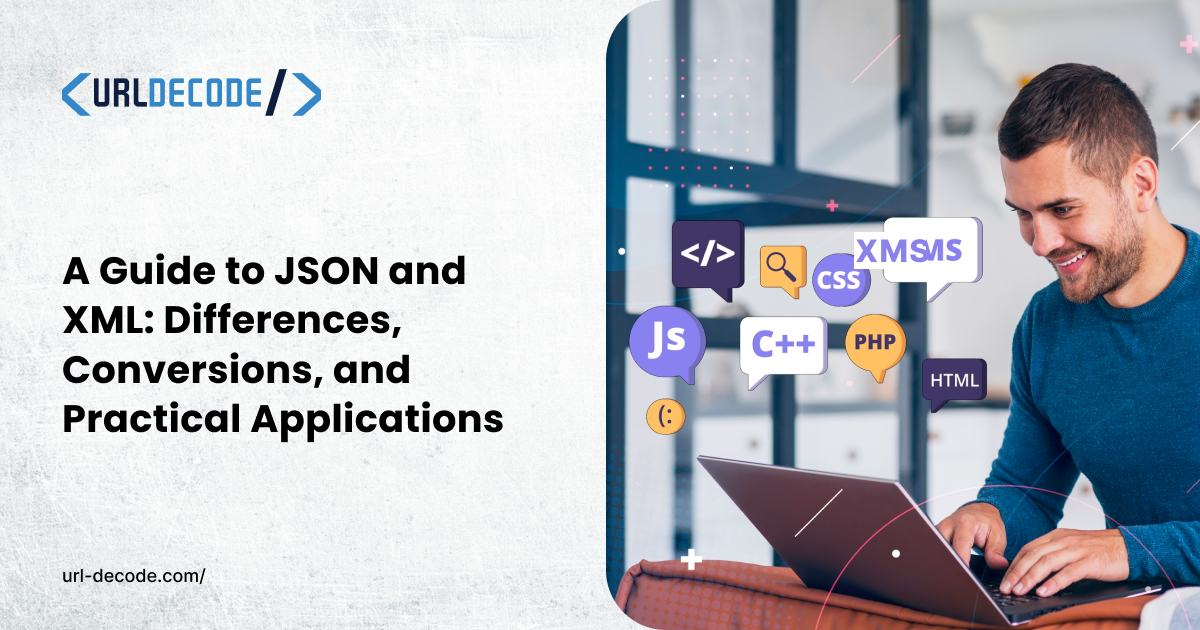Top Security Awareness Training Tools (2025): A Full Guide
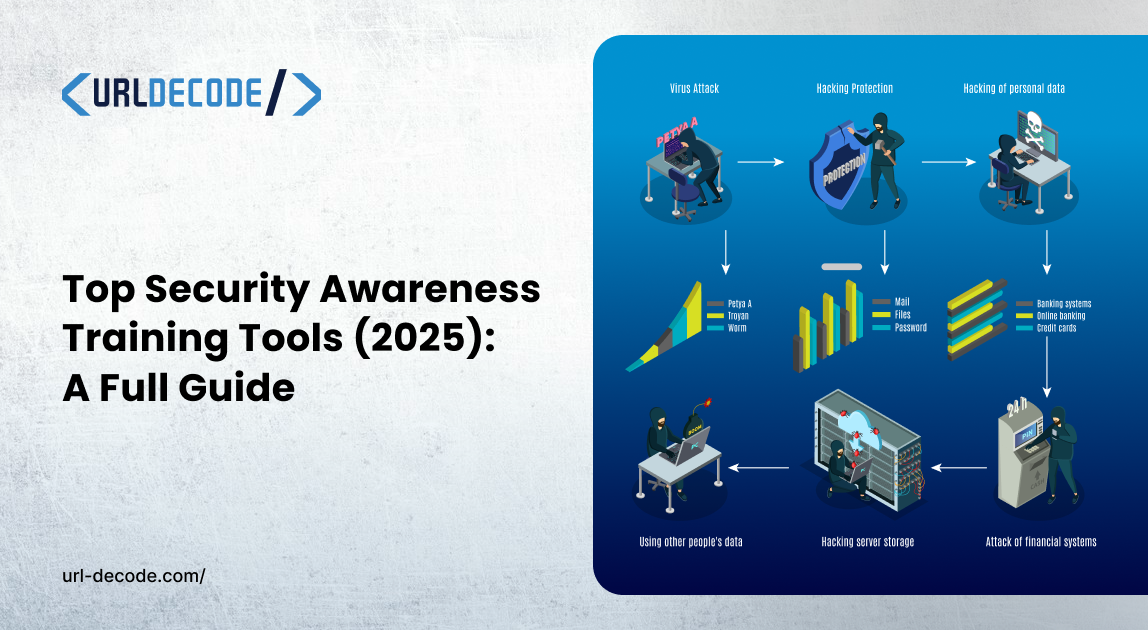
Let’s keep this simple and useful. You’re here to find out the best security awareness training tools in 2025 that actually help your people change behaviour, not to get stuck in another vendor matrix or slide deck. Below is a practical, buyer-focused review of four powerful platforms: Keepnet, KnowBe4, Proofpoint, and Cofense. Whether you’re a CISO, IT leader, or program manager, this guide is built to help you match tools to your real risks.
Choosing the Best Security Awareness Platform: Start with the Right Questions
Before comparing logos and features, think about what you're trying to fix. If your goal is true behaviour change, not just compliance, you’ll need more than a few videos and email tests.
Here’s what to look for:
- Coverage: Real attacks don’t come through email alone. Look for tools that simulate voice phishing (vishing), SMS phishing (smishing), QR phishing, MFA fatigue, and even integrate practices like code security scanning for development teams. For email-focused training, ensure the platform also addresses authentication practices such as SPF flattening to improve domain security and deliverability.
- Personalization: Your CFO doesn’t face the same risks as a help desk rep. Training should adapt to roles, behaviors, and languages.
- Time-to-Value: Can you deploy quickly? Does it plug into your stack? Is the reporting executive-ready?
- Risk Data: Metrics should demonstrate behavior change and risk reduction, rather than merely tracking link clicks.
- Scalability and Cost: You shouldn’t be penalized for growing. Look for platforms that won’t nickel-and-dime you for every new course or feature.
Now, let’s dive into the top security awareness training software.
Keepnet Extended Human Risk Management: For Multi-channel Phishing Simulations and Behaviour Change
Keepnet is designed for the modern threat landscape where attacks are coming through phones, texts, QR codes, and MFA prompts, not just inboxes. Interestingly, while tools like The QR Code Generator (TQRCG) have facilitated seamless and instant payments worldwide, their widespread use has also introduced new security challenges that platforms like Keepnet aim to address. What sets Keepnet apart is its Extended Human Risk Management Platform, which combines realistic phishing simulations across multiple channels, localized training content, and behaviour analytics.
To ensure that your security training videos are protected while being distributed across multiple channels, consider leveraging Adilo Unified Video Security. This solution provides advanced access control, dynamic watermarking, and multi-DRM encryption, ensuring that sensitive training content is only accessible to authorized personnel, while preventing leaks and unauthorized sharing.
Highlights
- hreat-Aligned Training: Uses real email attack data to train users against current tactics.
- Integrated Phish Reporting: Employees can easily report suspected phishing, feeding into your SOC workflow.
- Executive Reporting: Clean dashboards help communicate risk trends and program performance.
Through the effective use of social media, you may create a strong online presence and meaningful interactions with your audience and leads. Alright, and LinkedIn can significantly enhance your outreach endeavours. Here are some crucial tactics to think about:
Things to Consider
Proofpoint’s strength is in email threat defense, and that’s where the awareness platform shines. If you want advanced simulations in voice, SMS, or MFA fatigue, you may need to augment it with another solution.
Who It’s Best For
Email-first organizations, particularly those already using Proofpoint’s other security products. Good for teams focusing on phishing resilience and email hygiene.
Cofense: Best-in-Class for Phish Reporting and Incident Response
Cofense takes a focused approach: it trains users to recognize and report phishing effectively, then helps security teams respond fast. Its tools support phishing simulations, employee reporting, and SOC integration.
Highlights
- Report Button Integration: Enables users to easily report phishing attempts directly to security teams.
- Rapid Triage: Reported emails are quickly analyzed, helping SOC teams respond to real threats faster.
- Collaborative Defense: Cofense offers intelligence sharing and phishing defense networks across organizations.
Things to Consider
Cofense’s simulations and training are email-centric. If you're looking to build resilience against vishing or MFA scams, you may need to look elsewhere or use Cofense alongside another tool.
Who It’s Best For
Teams that prioritize phishing response workflows and want a mature system for report-to-triage processing.
Quick Comparison Table
|
Vendor |
Core Strength |
Multi-Channel Coverage |
Content Library |
Risk Reporting |
Best For |
|
Keepnet |
Human risk analytics + multi-channel phishing sims |
✅ Strong |
Curated + localized |
Deep by behavior |
Behavior change |
|
KnowBe4 |
Content scale + brand familiarity |
⚠️ Growing, mostly email |
Massive |
Executive-friendly |
Enterprise breadth |
|
Proofpoint |
Email intelligence integration |
⚠️ Moderate, email-heavy |
Targeted |
Email-focused KPIs |
Existing Proofpoint customers |
|
Cofense |
Reporting + SOC triage |
⚠️ Email-focused |
Focused on phishing |
Ops-centric |
Phishing report pipelines |
Lessons from the Field
Talk to any practitioner, and you’ll hear a common message: people don’t learn in theory; they learn in context. That’s why tools that simulate real-life situations like a phone call from a “bank agent” or a suspicious QR code at an airport lounge perform better than static training.
Here are some proven best practices:
1. Start from Real Incidents
Use recent real-world attacks your company faced to guide your first few campaigns. If your help desk was targeted, launch a vishing test.
2. Train at the Moment of Mistake
Deliver training right after someone fails a simulation. It’s the perfect teachable moment.
3. Culture Over Compliance
Translate training into the local context. Use familiar names, scenarios, and channels to drive emotional connection.
4. Track What Actually Matters
Go beyond click rates. Track reporting speed, quality, and compliance with real security processes like 2-step verification. Additionally, monitor your domain's email authentication health using a DMARC checker to ensure your organization isn't vulnerable to spoofing attacks.
Matching Top Security Awareness Training Vendor to Your Threats
- Choose Keepnet for a realistic, multi-channel training program with deep human risk scoring.
- Choose KnowBe4 for a vast library and a recognized name that supports large-scale delivery.
- Choose Proofpoint if you’re already using its email suite and want awareness training that plugs in natively.
- Choose Cofense if your priority is phishing detection, reporting, and SOC handoff.
Final Thoughts
The best security awareness platform is the one that mirrors how your people are actually attacked—and responds with the right training, at the right time, in the right format. Whether you're starting from scratch or refreshing a mature program, match your tools to your threats and your culture.
And remember: success isn’t just fewer clicks. It’s fewer incidents.
Frequently Asked Questions
Do I need simulations beyond email?
Yes. Attackers have moved to QR codes, phone calls, text messages, and MFA abuse. Your training must evolve, too.
How should I use industry rankings like Gartner’s Magic Quadrant?
Use it as one input, not the only one. Align their research with your threat profile, existing stack, and learning culture.
What KPIs should I show executives?
Go beyond training completion. Show improvements in employee reporting quality, faster triage times, and reductions in failed verifications or risky behaviors.
How do I keep training fresh?
Mix quarterly modules with frequent micro-interactions. Regularly change simulation formats and align content to current threats.

